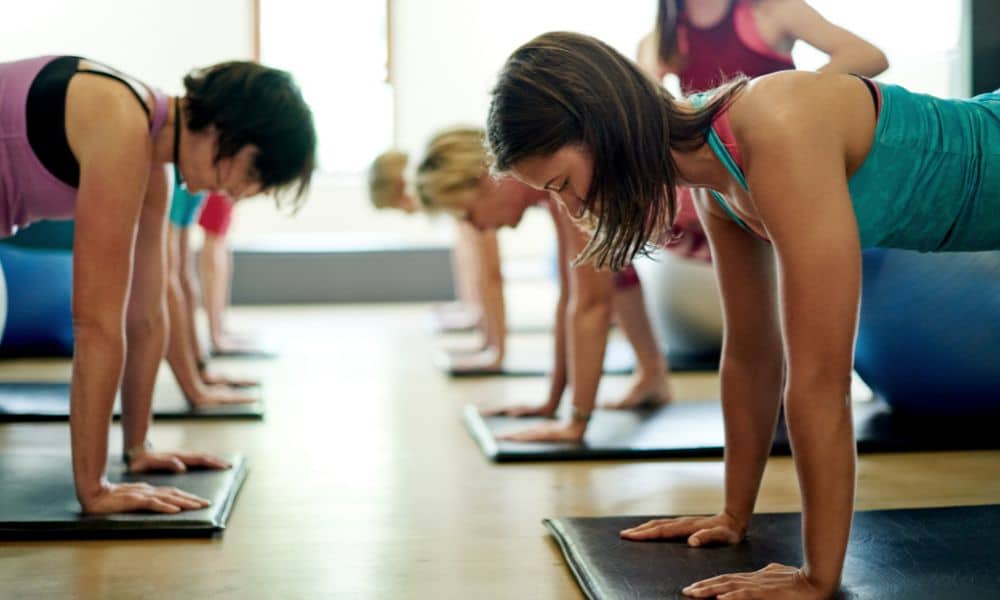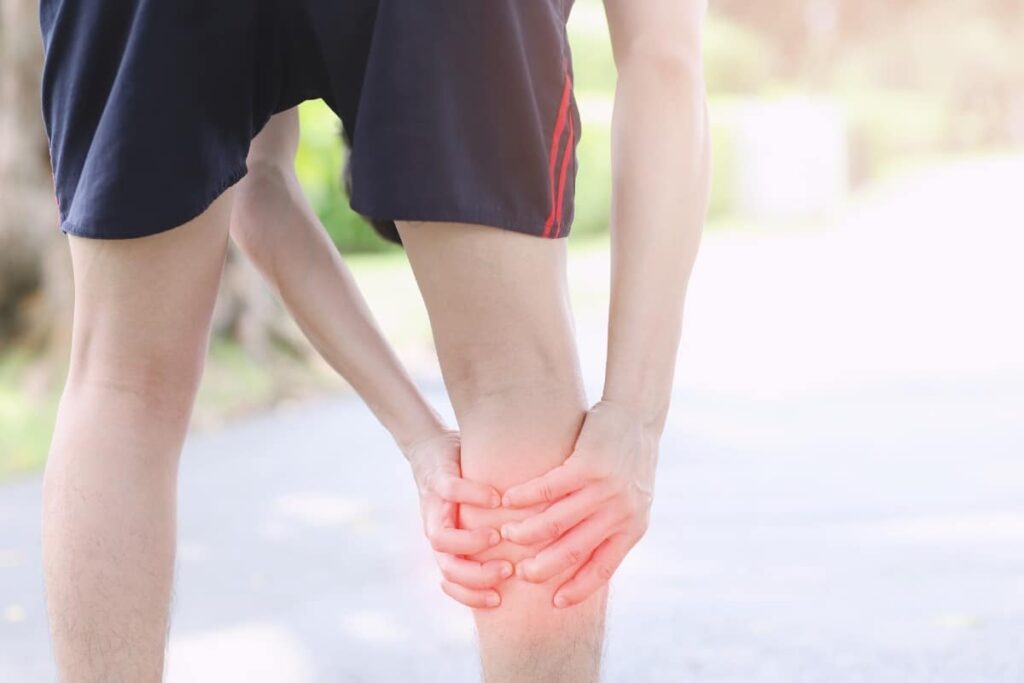Squatting is a fundamental exercise for muscle building, renowned for its effectiveness in developing lower body strength. However, if performed incorrectly, it can lead to injuries that may sideline your training. This article will guide you through the key safety measures for how to squat to help you avoid common injuries and maintain a healthy training regime.
Warm-Up Properly
A thorough warm-up increases blood flow to the muscles and prepares your joints for the load to come. Begin with dynamic stretches and light cardio to get your heart rate up. Then, perform bodyweight squats or use light weights to prime the muscles you’ll be engaging.
Master the Technique
Proper form is essential for preventing injuries during squats. Here are the crucial points to keep in mind:
- Foot Placement: Position your feet shoulder-width apart, with toes slightly turned out. This stance provides stability and allows for proper joint alignment.
- Knee Tracking: Ensure your knees follow the direction of your toes throughout the squat to avoid placing undue stress on the knee joint.
- Neutral Spine: Keep your spine in a neutral position. Avoid over-arching or rounding your back, as this can put excessive pressure on the spine.
- Hip Hinge: Initiate the movement by pushing your hips back. This engages the posterior chain and reduces the strain on your knees.
Build Core Strength
A strong core stabilizes your torso and helps protect your spine during heavy lifts. Incorporate exercises such as planks, dead bugs, and bird dogs into your routine to build a robust core.
Use Proper Equipment
Safety equipment like squat racks with safety bars or power cages can catch the bar if you fail a lift. Also, consider wearing a weightlifting belt for heavy squats to increase intra-abdominal pressure, which supports the spine.
Increase Intensity Gradually
Progressive overload is necessary for muscle growth, but increasing intensity too quickly can lead to injuries. Gradually add weight to your squat over time, ensuring you can perform each rep with proper form.
Listen to Your Body
Pay attention to any signs of pain or discomfort. Muscle fatigue is normal, but joint pain or sharp twinges can be a sign of injury. If you feel pain during your squat, stop immediately and assess your form and the weight you’re using.
Cool Down and Recover
After your squat session, cool down with static stretches and foam rolling to help with muscle recovery and flexibility. Adequate recovery, including rest days and proper nutrition, is just as important as the workout itself for injury prevention.
Seek Professional Guidance
If you’re new to squatting or unsure about your form, don’t hesitate to seek advice from a certified personal trainer. They can provide you with personalized cues and adjustments to ensure you’re squatting safely.
Conclusion
By adhering to these safety guidelines, you can make the squat a safe and effective exercise for building muscle and strength. Always prioritize form over weight, and don’t rush the process. With the right approach, you can enjoy the benefits of squatting without the setback of injuries.




